# Lecture 7 - Game Design Document ### SET09121 - Games Engineering <br /><br /> Leni Le Goff <br /> School of Computing. Edinburgh Napier University --- # Recommended Reading Game Design Workshop. 4th Edition. Tracy Fullerton (2019). - Read Chapter 14 on Game Design Documentation. - Digital copies are available in the library. 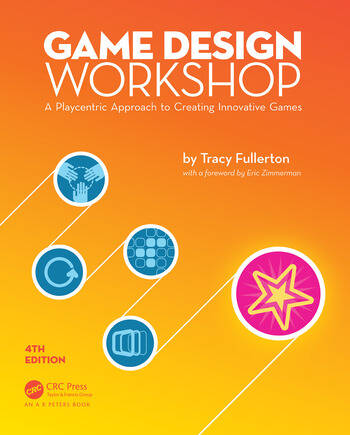 --- # What is a Game Design Document? --- # What is the Game Design Document? - A Game Design Document (GDD) is the template for the game that is to be created. - The GDD is the main reference when determining how things should be done when developing the game. <!-- .element: class="fragment" --> - However, it is not a sacred document. <!-- .element: class="fragment" --> - It is a living, constantly changing document. - Updates are made as the development progresses. - It can get quite large. <!-- .element: class="fragment" --> - Over 1,000 pages in some circumstances. - Team size and document size leads to the use of online collaboration tool like a Wiki. <!-- .element: class="fragment" --> --- # Game Design Document Overview - Overview and vision statement. - Audience, platform, and marketing. - Legal Analysis. - Gameplay. - Characters. - Story. - World. - Media list. - Technical specification. --- <!-- .slide: class="leftalign" --> # GDD Exercise Research Design Documents! Use Google to search for game design documents. There are quite a few out there and some templates. You are unlikely to find modern AAA games due to the collaborative approach and NDA requirements. Some examples: - [Diablo](https://gamescrye.com//wp-content/uploads/2016/08/diablo_pitch.pdf) - [Bioshock](https://gamescrye.com/wp-content/uploads/2023/02/The-Bioshock-pitch-GDD.pdf) - [Super Mario Bros.](https://gamescrye.com/wp-content/uploads/2023/02/Super-Mario-GDD.pdf) All this GDDs are from [gamescrye.com](https://gamescrye.com) --- # Contents --- # Design History - Design History. - GDD is a living document. - Updates to the document should be described at the beginning of the document. - Version history should be maintained. 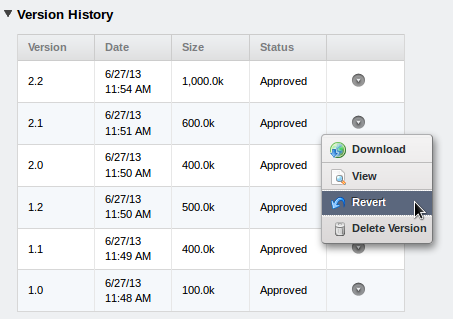 --- # Audience, Platform, and Marketing - Market research must be undertaken to determine the likely return to the publisher. - Unit sales are the most important factor for a publisher. - The quality of the game comes second. - Catering for a small/niche market is unlikely to win over a publisher (although this depends on initial outlay). --- # Audience, Platform, and Marketing (cont.) - You need to define the target audience. - Who will buy the game? - What is the core demographic? - How large is the audience and how likely are they to buy? - You also need to choose the target platform(s). <!-- .element: class="fragment" --> - What are the target platforms? - Why have these been chosen? - Ensure this matches with the target audience. - You also need to define the hardware requirements. <!-- .element: class="fragment" --> --- # Legal Analysis - Important that you ensure everything is covered from a legal point of view. - Are there any legal or financial implications that come with the game production. <!-- .element: class="fragment" --> - Licence agreements. - Copyright considerations. - Engine/library terms and conditions. - Typically, Intellectual Property (IP) will be with the publisher, not the studio. <!-- .element: class="fragment" --> - Game engines typically require statements of use, are expensive, and may require a per unit sale cost (for big games). <!-- .element: class="fragment" --> - Legal & IP agreements with your Team/Contractors also needs to be considered. <!-- .element: class="fragment" --> --- # Copyright Issues - IP owners are very protective. - Game companies included. - When creating your game consider: <!-- .element: class="fragment" --> - Where you sourced your content from. - If the content is very similar to existing content. - If the game is very similar to others on the market. - If you have given due credit to any external tools, libraries, etc. - Paying homage to something is all well and good but can get you into trouble. <!-- .element: class="fragment" --> 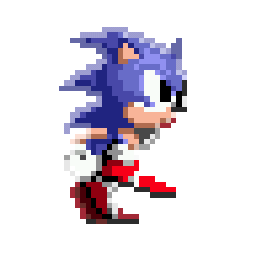 --- # Gameplay - The description of gameplay is initially one of the largest sections. - The game designer puts most of their focus into this section at the start. <!-- .element: class="fragment" --> - This section will focus on how the game plays. <!-- .element: class="fragment" --> - The Formal Elements and systems view will be useful here. <!-- .element: class="fragment" --> - Overview section: <!-- .element: class="fragment" --> - Description of the core functionality. - Good practice is to base this on a physical or digital prototype. - Gameplay description section: <!-- .element: class="fragment" --> - A detailed description of how the game plays. - Controls section: <!-- .element: class="fragment" --> - User interfaces. - Rules and procedures (including some from Formal Elements). - Scoring / winning conditions. --- # Gameplay (cont.) - Modes and other features. <!-- .element: class="fragment" --> - Single player, multiplayer, etc. - Other features that may affect gameplay. - Levels. <!-- .element: class="fragment" --> - Designs for any levels for the game. - The more detailed the level descriptions the better. - Flowchart. <!-- .element: class="fragment" --> - Flowchart is needed to map out the gameplay. - Editor. <!-- .element: class="fragment" --> - Does the game require the development of an editor? - What are its features? --- # Flowcharts Flowcharts can help visualise the gameplay <!-- .element width="100%" height="100%" --> source: https://ibsilver.github.io/Game_Design_Document_GDD/ --- # Characters - Optional part of the design document but often important. - Character work can be a long, iterative process. <!-- .element: class="fragment" --> - Very important to increase engagement with the player. <!-- .element: class="fragment" --> - Will include concept design and description. <!-- .element: class="fragment" --> 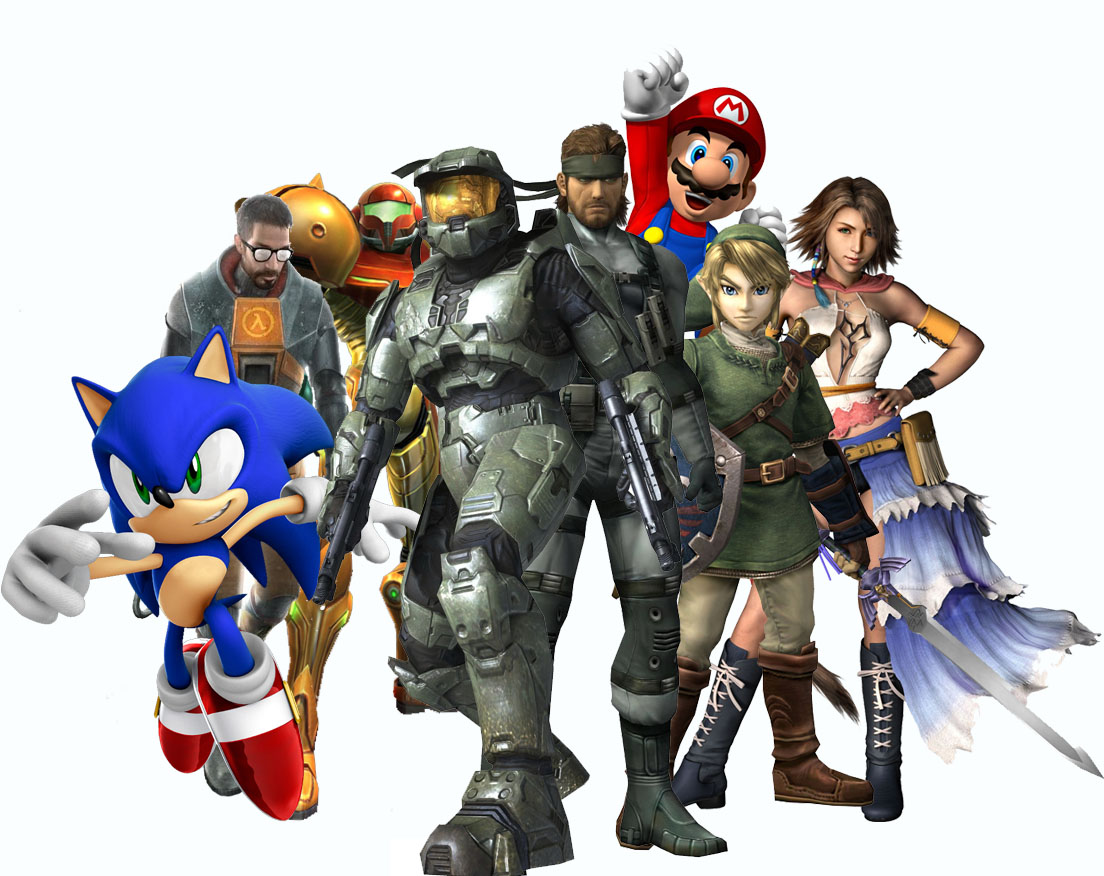 <!-- .element width="40%" --> --- # Contents - Character Types - Playable characters. <!-- .element: class="fragment" --> - Can have a lot of work spent on them. - Generally very detailed - particularly in games where you see the character all the time. - Non-playable characters. <!-- .element: class="fragment" --> - Treat these as objects in your game with properties and functionality. - Includes: - Monsters and enemies. - Friends and allies. - Neutral characters. - Think about which traits you want these characters to have. - Think about the behaviours these characters need. - AI is a core concern in this section. --- # Story - Another optional section of the GDD. <!-- .element: class="fragment" --> - Can become very large for story driven games, like RPGs. <!-- .element: class="fragment" --> - There has to be a link between the gameplay and story. <!-- .element: class="fragment" --> - Your story should unfold through the game. - Important parts of the story: <!-- .element: class="fragment" --> - Synopsis. - Complete story. - Back story. - Narrative details. - Sub-plots. --- # Game World If required, a description of the game world should be detailed. - Overview. - Key locations. - Travel. - Map. - Scale. - Physical objects. - Weather conditions. - Day and night cycle. - Time/era. - Physics. - Society/culture. --- # Maps Maps can be very helpful to get an overview of the gameworld. 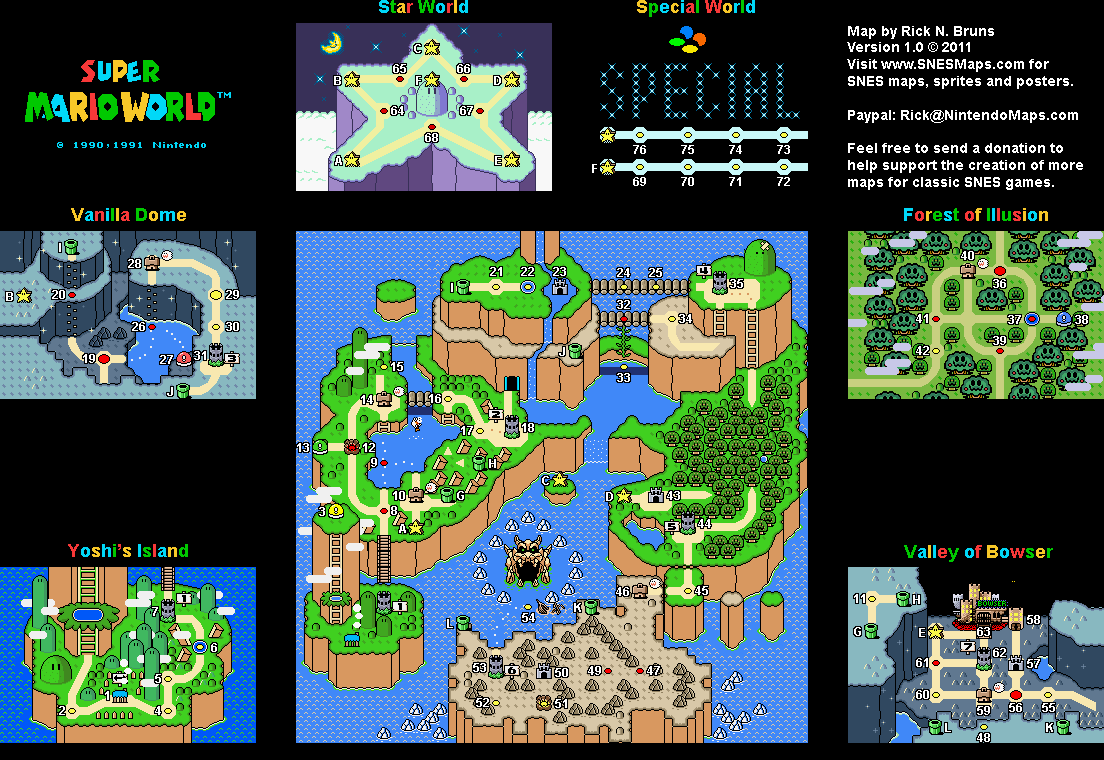<!-- .element width="80%" height="80%" --> --- # Media List - You will need a list of the assets that are required by the art and sound team. <!-- .element: class="fragment" --> - Descriptions of these assets will need to be provided. <!-- .element: class="fragment" --> - You should adopt some form of naming convention to make life easier. <!-- .element: class="fragment" --> - Types of assets you may need to produce include: <!-- .element: class="fragment" --> - User interface assets. - Environmental assets. - Character-based assets. - Animations. - Music. - Sound effects. --- # Technical Specification - The most important section for the technical team. - Can sometimes be a separate document. <!-- .element: class="fragment" --> - Developed by the technical lead. <!-- .element: class="fragment" --> - Can be quite large and detailed. <!-- .element: class="fragment" --> --- # Technical Specification (cont.) - What are the technical challenges of the project? - Important for costing the project. - Is any new technology required? <!-- .element: class="fragment" --> - What are the major software development taks? <!-- .element: class="fragment" --> - What are the risks involved in developing the game? <!-- .element: class="fragment" --> - And how do you mitigate these risks? - What are the estimated resources required to deliver the game? <!-- .element: class="fragment" --> --- # Technical Specification (cont.) - Development platform and tools. - e.g. Visual Studio, Unity. - Delivery mechanism / distribution. <!-- .element: class="fragment" --> - Steam / Humble / Itch / Epic / GoG - Game engine <!-- .element: class="fragment" --> - Technical specifications. - Design. - Interface technical specification. <!-- .element: class="fragment" --> - Controls technical specification. <!-- .element: class="fragment" --> - Lighting models. <!-- .element: class="fragment" --> - Rendering system. <!-- .element: class="fragment" --> - Internet / network requirements. <!-- .element: class="fragment" --> - System parameters. <!-- .element: class="fragment" --> - e.g. max players, connectivity, etc --- # Maintenance - Game Design Document (GDD) is not carved in stone. <!-- .element: class="fragment" --> - Living document. - Updates made as development progresses. - GDD can also get quite large. <!-- .element: class="fragment" --> - Thousands of pages in some circumstances. - Game development can have large teams. <!-- .element: class="fragment" --> - Over a thousand people in some circumstances. 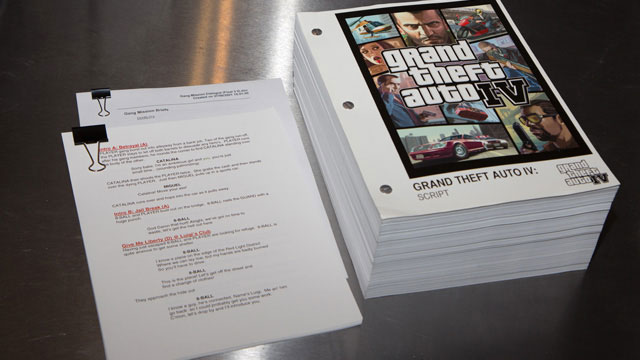 --- # Using Wikis and Repositories - Some are using a wiki to coordinate and communicate between team members. - Allows multiple users to update. - Allows all users to access the most up to date documentation. - Software development uses these often too - see wikis on GitHub. - Repository systems can also be used. <!-- .element: class="fragment" --> - Combine document maintenance with code maintenance. - Could also be storing assets. - Tools provide a structured and managed approach to the development process. <!-- .element: class="fragment" --> - Collaboration. - Communication. --- # What you will need to put in your GDD - Overview: context, background and general information - Inspiration: related games - Player Experience Goals: Aimed overall experience. Does your game at pushing the player in reflexion, relaxation, action, stress, contemplation, immersion, etc ... - Audience: Demographic, size of the audience, potential competitor - Gameplay - Required media list - Technical Specification **If not done already, go read the GDD template provided on Moodle** --- # Summary - Game Design Document is a very important piece of work to put together at the start of your development process. - Blueprint for your game. - Communication with the team. - It is a living document, so keep it up to date. - Content and media lists especially. - Use collaboration tools as much as possible. - Team communication. - Document control.